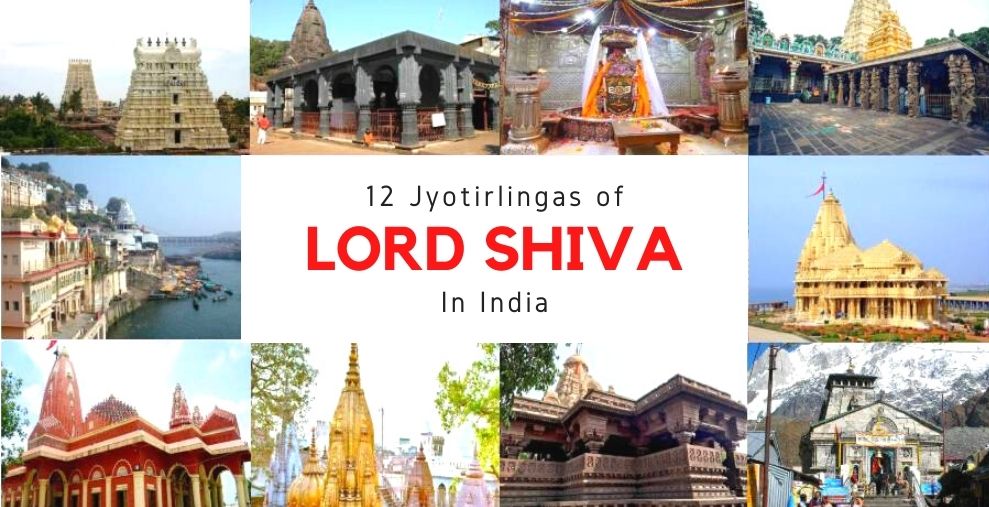Jyotirlinga or Jyotirlingam is a shrine devoted to Lord Shiva in which Shiva is worshipped as a Jyotirlingam or “Lingam of Light.” In India, there are claimed to be twelve Jyotirlinga shrines. The Jyotirlingas have the same appearance as any other Shiva Linga. These lingas, however, are thought to represent columns of fire piercing through the earth by those who have acquired a certain level of spirituality.
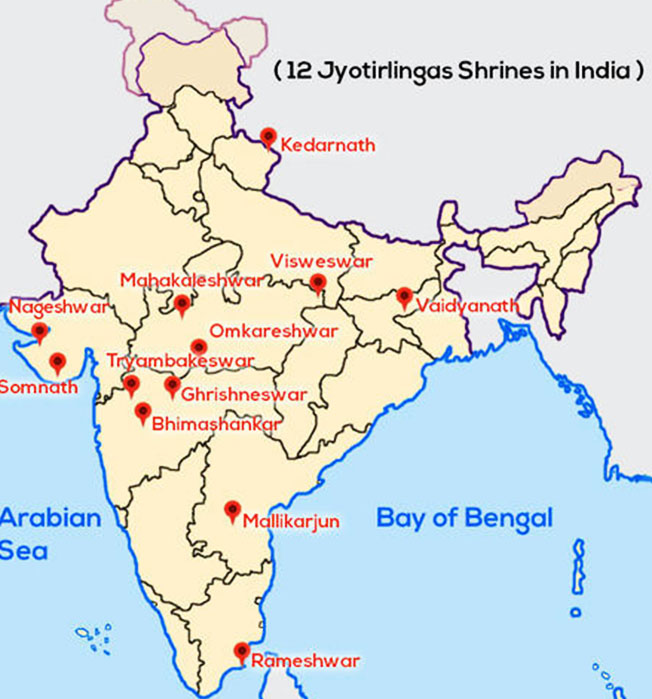
How many Jyotirling are there?
In India, there are 12 Jyotirlinga. The Jyotirlinga is revered because it is thought that Lord Shiva first showed himself on Earth on the night of the Aridra Nakshatra. The Jyotirlingas do not have a distinct appearance. Many people think that after you reach a great level of spiritual enlightenment, you can see these lingas as columns of fire piercing through the earth. There were originally 64 Jyotirlingas, 12 of which are regarded extremely fortunate and holy. The name of the presiding deity is taken by the 12 Jyotirlinga temples in India. Each of them was thought to be a particular incarnation of Lord Shiva. The “lingam,” which represents the beggar, is the central image of all these lingas.
Significance of Jyotirlingas
The Hindu belief is that everyone who visits the Jyotirlinga temples would undoubtedly achieve salvation and enlightenment. The Jyortirlingum literally translates to “Lingum of Light,” and these are considered extremely auspicious and have a long history and tradition associated with them. To get Lord Shiva’s genuine blessings, one must attend at least once in one’s lifetime.
Here are the list of all 12 Jyotirlingas :
Somnath Jyotirlinga – Gir, Gujarat

Among the other Jyotirlinga temples in India, Somnath is known as the first Jyotirlinga. The temple is constructed in the Chalukya temple architecture style. This holy shrine is located on the western coast of the Indian subcontinent, on the Arabian Sea. Somnath is one of the country’s most revered pilgrimage sites. According to Hindu mythology, the temple was first built in pure gold by the moon, then rebuilt in silver by Ravana, then rebuilt in sandalwood by Krishna, and finally built in stone by Bhimadeva.
Soma married Daksha’s 27 daughters but ignored them, according to the Shiva Purana. Daksha, his father-in-law, cursed him, saying he would lose his shine and attractiveness. Soma worshipped Shiva in order to be free of the curse, and his request was fulfilled. Since then, it has been known as Somnath, which means “lord of the moon.” The Turkic dynasty’s monarch, Mahmud Ghazni, stormed the shrine several times to take the wealth. The temple is named after the Moon, which is referred to as Soma.
Temple Opening Time : Every day from 6 a.m. until 9 p.m., the temple is open to worshipers. Arti is performed three times a day, at 7 a.m., 12 p.m., and 7 p.m. The ‘Joy Somnath’ light and sound performance takes place daily from 8 p.m. to 9 p.m.
How to Reach: The Veraval Railway Station, around 6 kilometres from the temple, is the closest railway station to Somnath. You can rent a taxi to get to the temple after you arrive. Diu Airport, around 80 kilometres from the temple, is the closest airport. To go to the temple, you can rent a cab from the airport.
Mallikarjuna Jyotirlinga – Srisailam, Andhra Pradesh
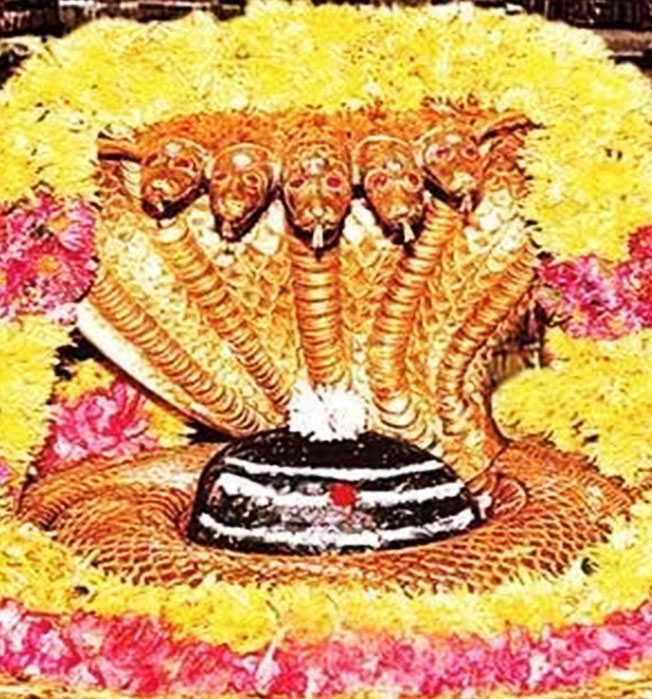
Kashi of the South is Mallikarjuna Jyotirlinga in Srisailam, Andhra Pradesh. The Mallikarjuna jyotirlinga, according to the Shiv Puran, is the combined form of Shiva and Parvati. Goddess Parvati is introduced by the phrase Mallika, whereas God Shiv is introduced by the word Arjun. This temple, one of the twelve Jyotirlingas in India, is located in the Nallamala hill woods along the banks of the Krishna River.
Sri Bhramaramba Mallikarjuna Temple is another name for the temple. Carvings, coloured pillars known as gopurams, and Mukha Mandapa Hall are all part of the temple’s exquisite architecture.
Temple Opening Time : Every day from 4:30 a.m. until 10 p.m., the temple is open. Darshan is available from 6:30 a.m. to 1 p.m. and 6:30 p.m. to 9:00 p.m.
How to Reach : Mallikarjuna is accessible by road from surrounding towns such as Doranala, Markarpur, and Kurichedu. Markapur railway station is the closest station.
Mahakaleshwar Jyotirlinga – Ujjain, Madhya Pradesh
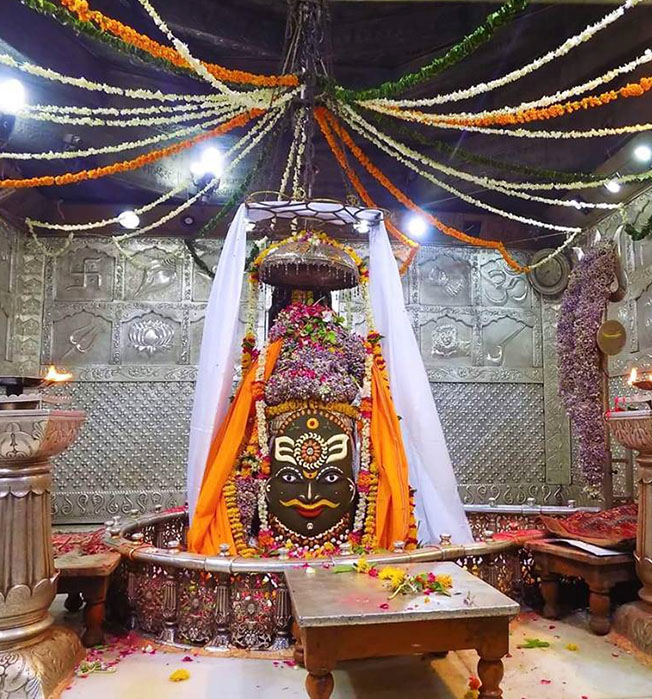
The Mahakaleswar in Ujjain, located on the banks of the Kshipra River, is the most powerful and heavenly of the 12 Jyotirlingas. Mahakaleshwar Jyotirlinga is one of India’s seven Mukti-Sthals (Places). Mahakaal is an avatar of Lord Shiva, according to Hindu mythology, and devotees from all across India come to worship Lord Mahakaleshwar. The name Mahakaal is made up of two words: Maha (a Shiva virtue) and Kaal (a Shiva attribute) (time).
Lord Shiva’s might is said to be greater than time itself, and he is unaffected by the theories of mortality and time. The Mahakaleshwar shrine is said to have been founded by Srikar, a five-year-old kid. The temple has the only Swayambhu Jyotirlinga (Shiva is an immortal spirit with no creator above him) with purified energy.
Temple Opening Time : From 4 a.m. until 11 p.m. Darshan is available from 8 a.m. to 10 a.m., 10:30 a.m. to 5 p.m., 6 p.m. to 7 p.m., and 8 p.m. to 11 p.m.
How to Reach : Indore is the nearest airport to Mahakaleshwar (51 Km).Mahakaleshwar is served by four railway stations: Ujjain Junction, Chintaman, Vikram Nagar, and Pingleshwa.
Omkareshwar Jyotirlinga – Khandwa, Madhya Pradesh
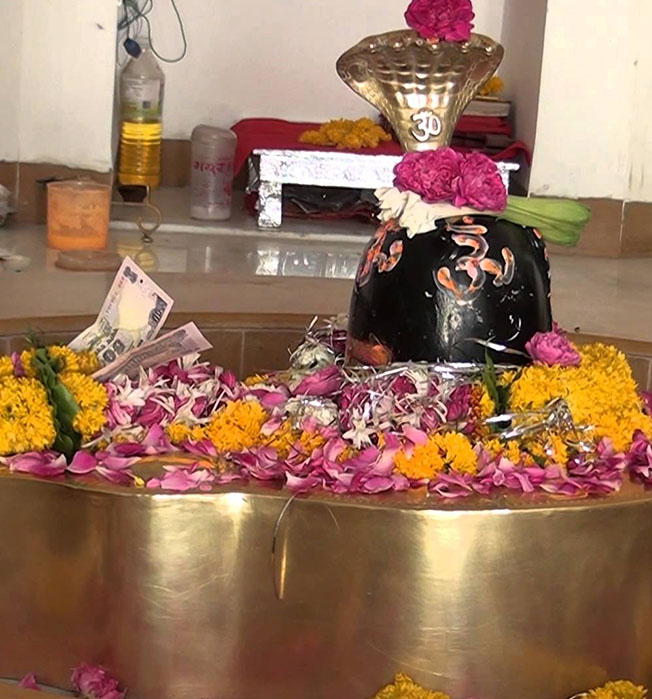
On the banks of the Narmada River in Madhya Pradesh, he lived on an Om-shaped island named Shivapuri. The Lord of the Om Sound is denoted by this symbol. Omkareshwar Jyotirlinga is a prominent Hindu temple and a hotbed of devotion. The Omkareshwar temple is a stunning three-story structure supported by massive carved granite pillars.
There are two large Shiva temples here, one dedicated to Omkareshwar on the island and the other to Mamleshwar on the mainland’s south bank of the Narmada River. Mamleshwar is related to the Lord of the Immortals in this location. Almost every devotee regards both temples as equally divine jyotirlinga and visits them both because they are not far apart.
Temple Opening Time : Every day of the week, from 5 a.m. to 10 p.m., the restaurant is open. Darshan is available from 5:30 a.m. to 12:20 p.m. and from 4 p.m. to 8:30 p.m.
How to Reach : The closest airports to Omkareshwar are Indore (77 km) and Ujjain (133 km). Indore, the nearest major railway station, is 77 kilometres distant. Omkareshwar is also served by buses from Indore, Ujjain, and Khandwa.
Baidyanath Jyotirlinga – Deoghar, Jharkhand
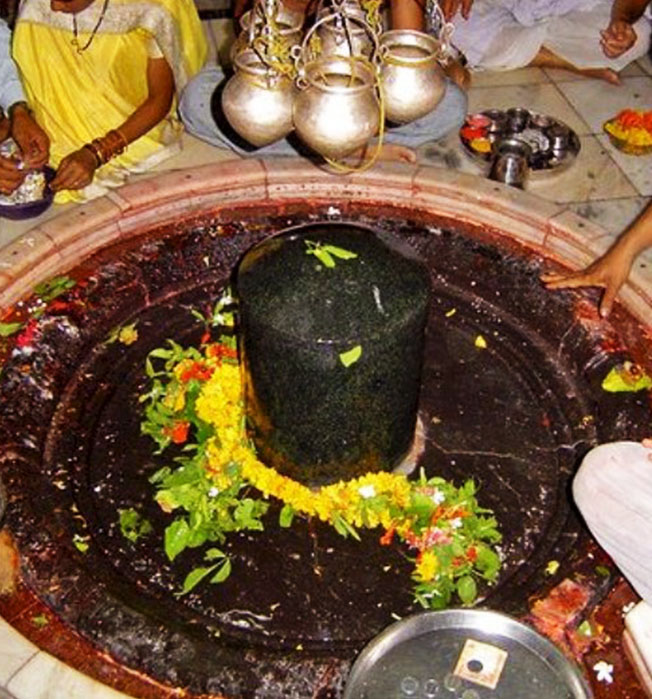
Vaidyanath Dham or Baba Baidyanath Temple is one of India’s most well-known Jyotirlingas, also known as Baba Dham. The temple is in Deoghar, India, in the state of Jharkhand. Ravana once praised Shiva and invited him to visit Lanka, according to Hindu mythology. Shiva appeared in the guise of a shivling and instructed Ravana not to place it anywhere until he arrived in Lanka. Ravana agreed to the terms and set off on his voyage to Sri Lanka. On the way, Lord Vishnu intervened in the shape of Jaldevta and persuaded Ravana to leave the shivling alone. As a result, Ravana ignored the situation and kept the shivling down. Since then, Shiva has lived in Deoghar as Vaidyanath.
Temple Opening Time : The temple is open seven days a week from 4 a.m. to 3:30 p.m. and 6 p.m. to 9 p.m. Darshan times are extended on significant religious festivals such as Maha Shivaratri.
How to Reach : Jasidih Junction is the nearest railway station to Vaidyanath. Ranchi is the closest station to this one. The temple is about 15 kilometres from the station and is easily accessible by car or taxi.
Bhimashankar Jyotirlinga – Maharashtra
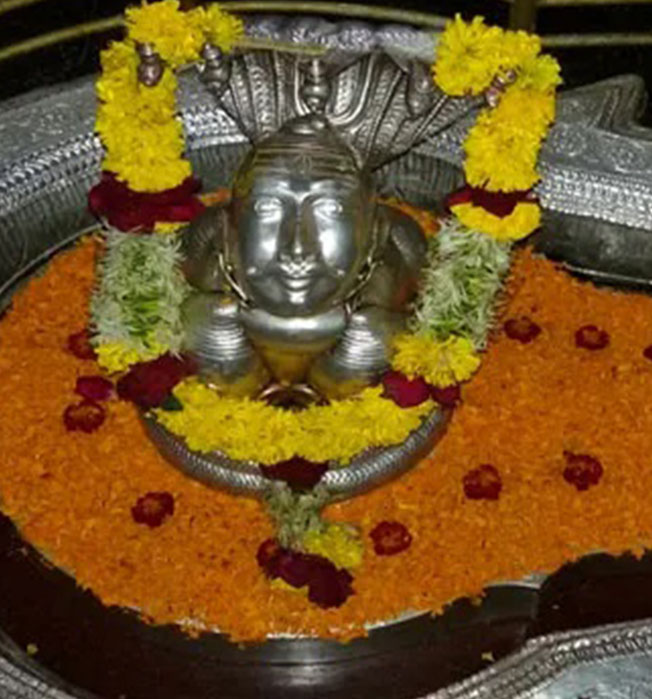
Bhimashankar is the sixth of India’s 12 Jyotirlingas, according to the Dwadasha Jyotirlinga Stotram. This black rock construction temple, located on the banks of the River Bhima, carries significant religious importance for Hindus.
According to Hindu mythology, once Lord Shiva became angry and destroyed the brutal devil Bhima to ashes, and resided here in the form of a jyotirlinga. The temple has a Nagara architectural pattern, which belongs to the Maratha style of architecture. Apart from its religious significance the area also offers several spectacular views.
Temple Opening Time : Every day from 4:30 a.m. to 12 p.m. and 4 p.m. to 9:30 p.m. Darshan begins at 5 a.m. and continues till 9:30 p.m. Darshan is closed for 45 minutes in the afternoon during Madhyan Aarti.
How to Reach : Karjat Junction, which is around 147 kilometres from the temple, is the closest railway station. You can rent a taxi to get to the temple after you arrive. Pune International Airport is the closest airport, which is also about 105 kilometres away from the temple.
Ramanathaswamy Jyotirlinga – Rameshwaram, Tamil Nadu
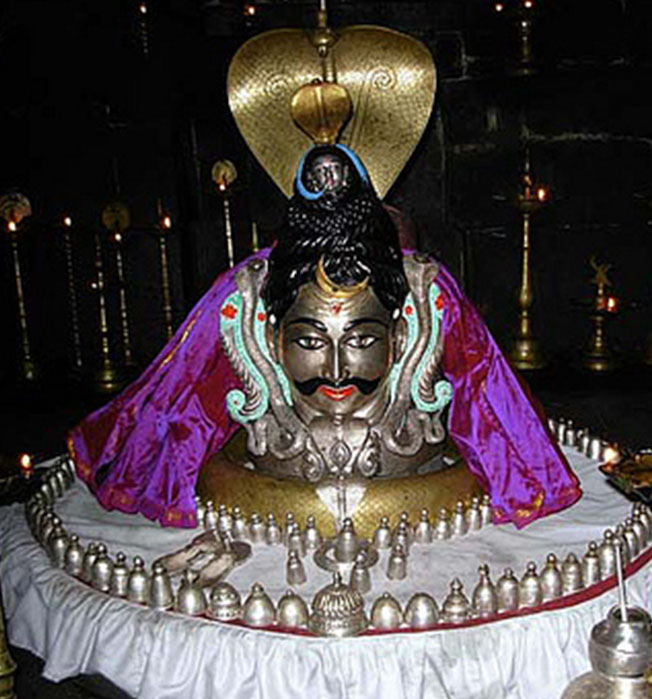
Rameshwaram is the seventh jyotirlinga in the series of twelve. The temple is built in a spectacular Dravidian style. The Rameshwaram temple is situated in a small village on Pamban Island in Tamil Nadu. The Rameshwaram temple is notable for the presence of twenty-two water features within the temple compound.
Devotees take a holy wash at these water bodies before Darshan to offer reverence to Lord Shiva, according to popular belief. The Temple houses two jyotirlingas, one created by Lord Rama and the other carried from Kashi by Hanuman. The jyotirlinga that Hanuman carried is reported to be a duplicate of the Kashi Vishwanath jyotirlinga.
Temple Opening Time : From 5 a.m. to 1 p.m., and from 3 p.m. to 9 p.m. Darshan is allowed until 8 p.m.
How to Reach : Madurai is the closest airport to Rameshwaram (163 Km). Several important South Indian cities, notably Chennai, are also connected by train.
Nageshwar Jyotirlinga – Dwarka, Gujarat

Between Gomati Dwarka and Bet Dwarka, on the Gujarat coast of Saurashtra. Nageshwar is one of India’s most well-known Jyotirlinga temples, as it represents the power of protection against all forms of poisons. The idol is Dakshinamurti, and the temple is made of pink stone. Inside the Sanctorum, only Hindu worshippers are permitted to pray or perform Abhishek.
The local priest, dressed in traditional garb, grants permission to a devotee. Lord Shiva smeared a demon named Daruka and his army to liberate his imprisoned devotee Supriya, according to the Shiv Purana. Lord Shiva’s body was encrusted with snakes, earning him the moniker Nageshwar. A massive statue of Shiva in a sitting pose, visible from afar, is also there.
Temple Opening Time : Every day of the week, from 5 a.m. to 9 p.m. Darshan is available from 6 a.m. to 12:30 p.m. and 5 p.m. to 9 p.m. for devotees.
How to Reach : Dwarka station and Veraval station are the closest railway stations to Nageshwar. The nearest airport to Dwarka is Jamnagar Airport (45 kilometres).
Kashi Vishwanath Jyotirlinga – Varanasi, Uttar Pradesh
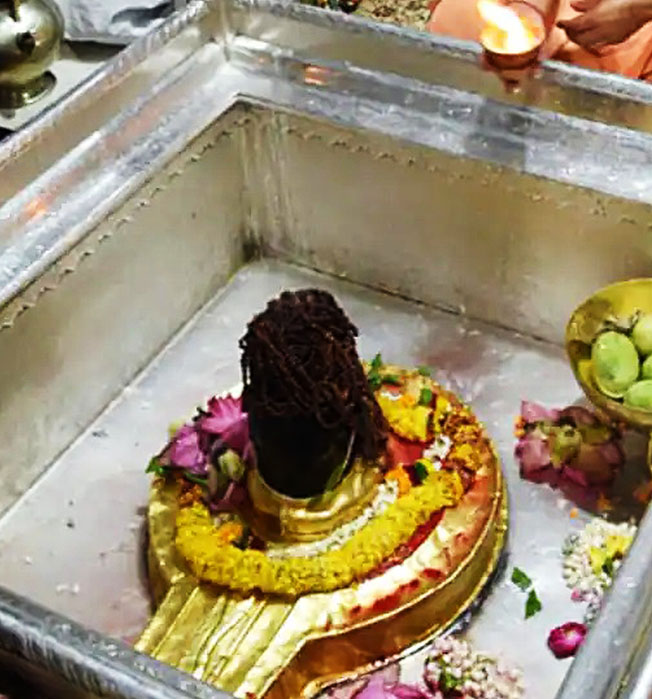
Among the other Jyotirlingas in India, Kashi Vishwanath is one of the most important. Every year, millions of devotees flock here to seek the Almighty’s grace. According to Indian tradition, the temple was robbed multiple times since it was fashioned entirely of gold. Brahma and Vishnu previously fought over dominance, according to the Shiva Purana. Lord Shiva put them to the test by transforming himself into an infinite pillar of light and challenging them to locate its end. Lord Brahma claimed to have discovered the end, but Lord Vishnu confessed defeat.
Lord Shiva became enraged and condemned Brahma, saying that he would not be worshipped by Hindus, whereas Vishnu would be worshipped because of his honesty. Meanwhile, the 12 jyotirlingas were named after the sites where Shiva’s light penetrated the Earth.
Temple Opening Time : Every day, from 5 a.m. to 1 p.m. and 3 p.m. to 9 p.m., the temple is available to worshippers in two shifts.
How to Reach : The nearest railway station is Varanasi Junction, however there are several more in the city.
Trimbakeshwar Jyotirlinga – Nasik, Maharashtra
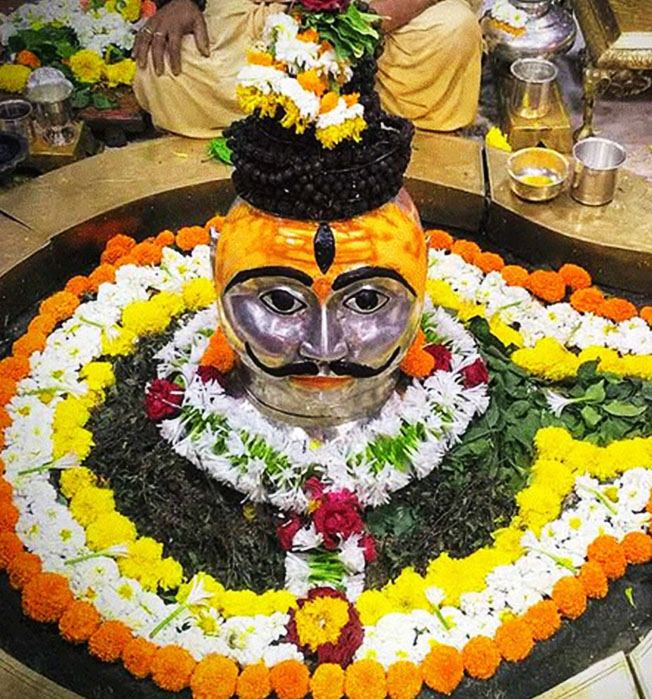
Nasik is situated on the banks of the Godavari River, close the Brahmagiri Mountain. Trimbakeshwar is spiritually significant since it is one of the four Hindu cities where the Kumbh Mela takes place every 12 years. The temple has a very distinctive shape and is well-known around the world. Inside the temple, three pillars depict the three mighty and supreme Gods, Brahma, Vishnu, and Mahesh. It is stated that a temple was built on the place where Lord Rama performed his predecessors’ shraddha rite.
According to Hindu mythology, a rishi named Gautam and his wife had the blessing of never having to face famine. Other rishis were envious of him as a result of this. To smear his reputation, they devised a plot and delivered a cow to his barn. The cow died after a while, and the rishis dubbed him a cow murderer. To rid himself of the erroneous accusation, he began a penance and begged Lord Shiva to purify his ashram by allowing the Ganga to flow through it. The wish was granted by Lord Shiva. God appeared in the form of Trimbakeshwar after Rishi Gautam urged Lord Shiva to remain there.
Temple Opening Time : 5:30 AM to 9 PM, all days of the week.
How to Reach : Chhatrapati Shivaji International Airport is the closest airport to Trimbakeshwar. Igatpuri Railway Station is the closest station. Trimbakeshwar, which is located in Nashik, is also accessible by road.
Kedarnath Jyotirlinga – Rudraprayag, Uttarakhand

Kedarnath is one of the Jyotirlingas, located near the Mandakini River in Uttarakhand on the Garhwal Himalayan range. It is also one of Chardham’s major Dhams, along with Gangotri, Ysamutori, and Badrinath. It is thought to have been built by the Mahabharata’s five Pandava brothers.
There is no evidence in ancient literature that the temple was erected when it was, yet it is thought to be 3,000 years old. Because it is located at a high altitude and is subjected to harsh weather conditions, the temple is closed for six months. Just below the main Kedarnath temple is the Samadhi of Adi Shankaracharya, a great Hindu saint.
Temple Opening Time : Devotees can visit the temple from 4 a.m. to 12 p.m. and 3 p.m. to 9 p.m. The temple’s opening is also influenced by the weather.
How to Reach : The nearest airport is Jolly Grant, and the nearest train station is Rishikesh. The closest road access is to Gaurkund, from whence you can hike to Kedarnath.
Ghrishneshwar Jyotirlinga – Aurangabad, Maharashtra
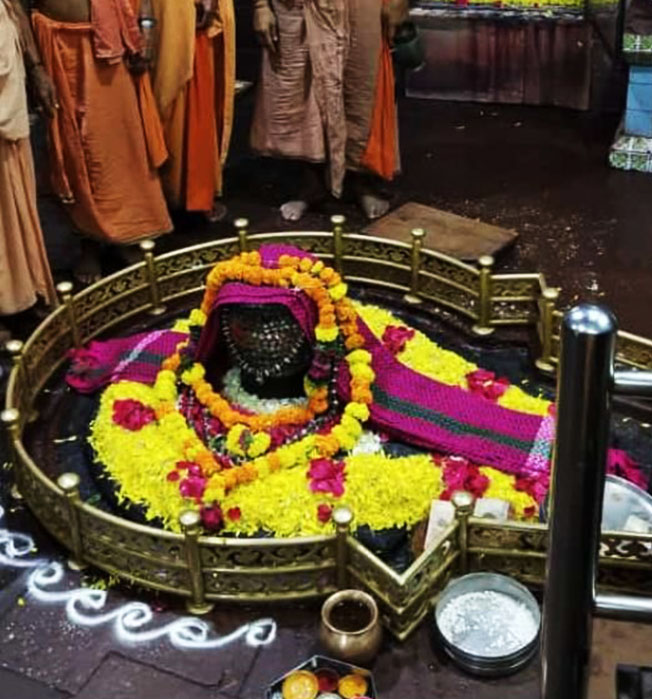
The Lord of Compassion is Grishneshwar jyotirlinga’s name. It is the final jyotirlinga of India’s 12 jyotirlingas. The crimson and black stones used to build the temple are magnificent. The temple is built in the Shikhara style, which is a mountain peak type of architecture with five stories.
The temple’s walls are adorned with magnificent carvings of Vishnu’s Dashavatar. A massive Nandi Bull stands in the temple’s main court hall, symbolising purity and justice. The temple is close to the UNESCO World Heritage Site of Ellora Caves. Dhushmeshwar Temple is another name for the temple.
Temple Opening Time : Visit the temple between 5:30 a.m. and 9:30 p.m. for darshan and worship. Darshan is available from 3 p.m. to 11 p.m. during the month of Shravan. Darshan usually takes a few of hours. During the month of Shravan, there are a lot of people, and darshan takes roughly 6 to 8 hours.
How to Reach : From other regions of India, you can travel to Aurangabad via train or flight. This city is served by direct trains and aircraft from Delhi. Aunrangabad is 30 kilometres from Grishneshwar and may be reached by road or cab.
